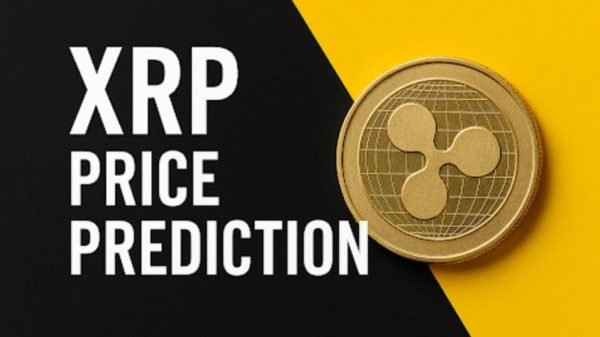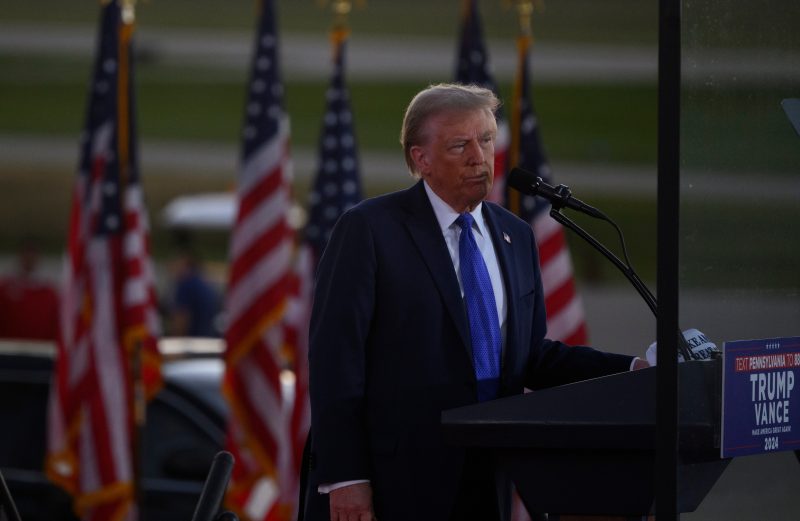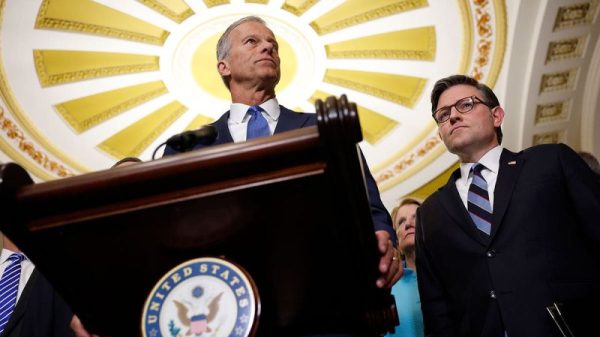
By Rodrigo Campos
(Reuters) – Economic growth across Latin America and the Caribbean is seen slowing to 1.9% this year from 2.1% in 2023 before accelerating again in 2025, according to the World Bank, which warned in a report that the region has so far missed the opportunity for growth brought on by global changes to supply chains.
Public and private investment continue to underwhelm, while the promise of growth opportunities due to near- and friend-shoring has gone unfulfilled, the report said. Key reasons for this remain the high cost of capital, low education levels, subpar infrastructure and social instability, according to the World Bank.
“Despite the enthusiasm for nearshoring, foreign direct investment remains below levels of 13 years ago in real terms,” the bank’s report said.
The 1.9% growth estimate figure has accelerated compared with previous estimates of 1.8% in June and 1.6% in April. Yet growth in the region’s two largest economies, Mexico and Brazil, is forecast to slow to 1.7% and 2.8% respectively, down from 2023 expansions of 3.2% and 2.9%. Meanwhile, Argentina and Haiti remain the only two countries in the region where an economic contraction is expected this year – before unevenly rebounding to growth in 2025.
For next year, the region’s economy is estimated to accelerate to a 2.6% growth rate, a dip from the previous 2.7% World Bank forecast.
Inequality remains very high across the region and high taxes to productive investment limit growth, said the bank. This, alongside a persistent shortage of government funds, point to taxing wealth as an option to increase revenue, according to the report, titled “Taxing wealth for equity and growth.”
Yet, taxing the rich must be done carefully, the report said.
“Financial assets are easy to move and hide, and tracking them requires major global coordination,” said the report, while “property, such as real estate, is generally less mobile and easier to valuate.”
The report states that 80% of the region’s wealth is held in real estate. While that number decreases globally as countries achieve higher development, “the share of wealth tied to property is especially high in (the region), reflecting a strong cultural preference for homeownership and perhaps a preference for a tangible hedge against recurring bouts of inflation.”

































